 Zallie C. Cadle Lynching Article
Zallie C. Cadle Lynching Article
Entry Category: Race - Starting with C
 Zallie C. Cadle Lynching Article
Zallie C. Cadle Lynching Article
Caldwell, Arthur Brann
Caldwell, Will, and John Thomas (Lynching of)
aka: John Thomas and Will Caldwell (Lynching of)
Canfield Race War of 1896
Capital Citizens’ Council (CCC)
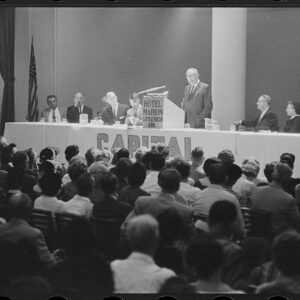 Capital Citizens' Council Meeting
Capital Citizens' Council Meeting
 Capital Guards Memorial Vandalism
Capital Guards Memorial Vandalism
Capus, Henry (Lynching of)
 Carroll County Lynching Article
Carroll County Lynching Article
Carter, Allen (Lynching of)
Carter, John (Lynching of)
aka: Lonnie Dixon (Execution of)
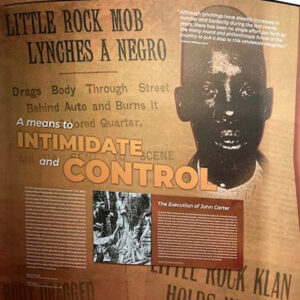 John Carter Display
John Carter Display
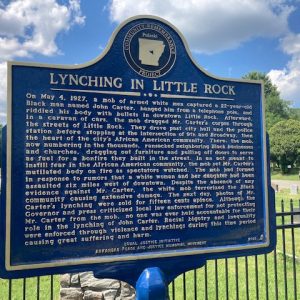 John Carter Memorial
John Carter Memorial
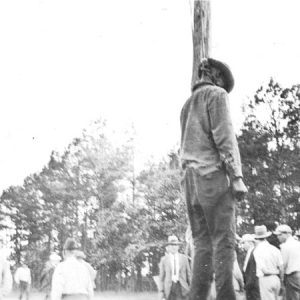 John Carter Lynching
John Carter Lynching
Catcher Race Riot of 1923
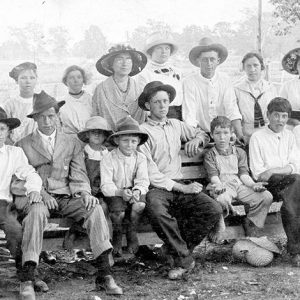 Catcher School
Catcher School
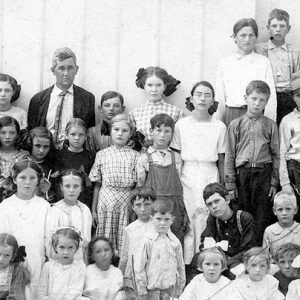 Catcher School
Catcher School
Cates, Sam (Lynching of)
 Sam Cates Lynching Article
Sam Cates Lynching Article
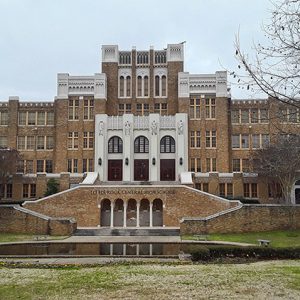 Central High School
Central High School
Central High School Neighborhood Historic District
Central High School, Desegregation of
aka: Crisis at Central High
aka: Little Rock Desegregation Crisis
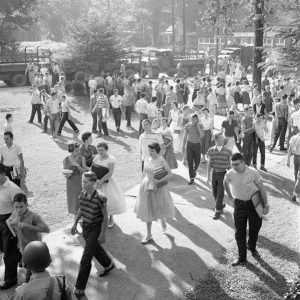 Central High Students
Central High Students
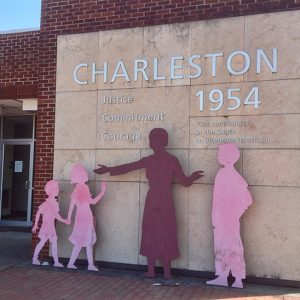 Charleston Desegregation Exhibit
Charleston Desegregation Exhibit
Charleston Schools, Desegregation of
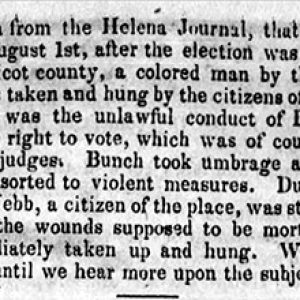 Chicot County Lynching Article
Chicot County Lynching Article
Chicot County Lynching of 1836
aka: Bunch (Lynching of)
Chicot County Race War of 1871
aka: Chicot County Massacre
 LeRoy Christophe
LeRoy Christophe
Civil Rights and Social Change
Civil Rights Movement (Twentieth Century)
Clarendon Lynching of 1898
 Herbert V. Clark
Herbert V. Clark
Clark, Mamie Katherine Phipps
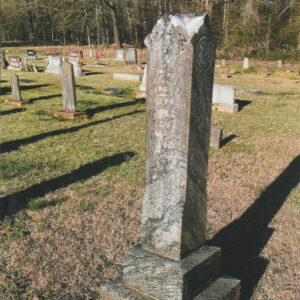 Clay Patton Grave
Clay Patton Grave
 Eldridge Cleaver
Eldridge Cleaver
Cleaver, Leroy Eldridge
Coleman, Ed “Sweat”
College Station Freedom School
 Comer Article
Comer Article
 Comer Speech Response
Comer Speech Response
Comer, James A.
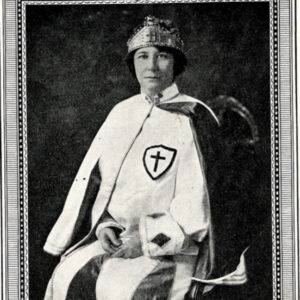 Robbie Gill Comer
Robbie Gill Comer
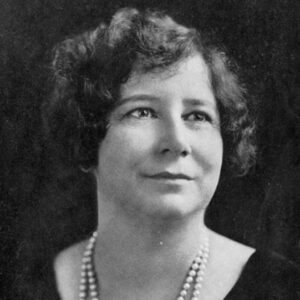 Robbie Gill Comer
Robbie Gill Comer
Comer, Robbie Gill
Committee on Negro Organizations (CNO)
Committee to Retain Our Segregated Schools (CROSS)
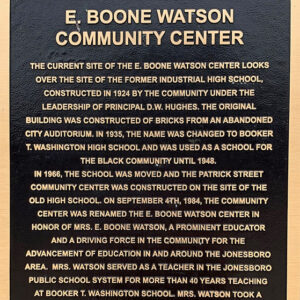 Community Center Commemorative Plaque
Community Center Commemorative Plaque
 Compress Loss
Compress Loss




